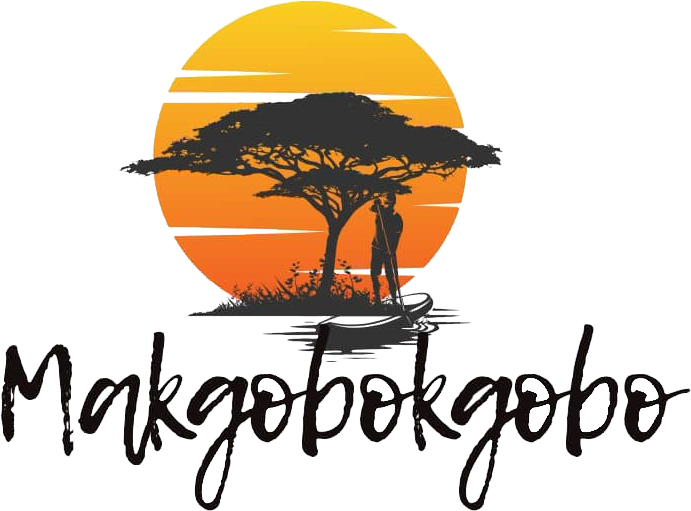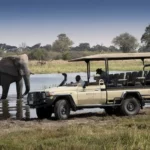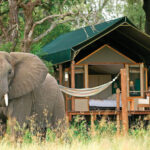Embarking on a safari is a dream for many, and selecting the right time to embark on this wildlife-filled journey is crucial for a truly unforgettable experience. The best time to take a safari varies depending on your chosen destination and the specific experiences you’re hoping to encounter. Let’s explore the factors that influence the ideal timing for a safari tour.
1. Wildlife Migration: Witness Nature’s Spectacle
For those seeking the mesmerizing sight of a wildlife migration, timing is everything. The Great Migration in East Africa, featuring wildebeest and zebras, typically occurs from July to September in the Maasai Mara and Serengeti. Botswana’s Okavango Delta experiences a similar phenomenon with the annual floodwaters, attracting a wealth of wildlife from May to September.
2. Dry Season: Optimal Wildlife Viewing
The dry season is often considered the best time for safari tours as vegetation thins out, making it easier to spot wildlife. In many African destinations, the dry season spans from June to October. During this period, animals gather around water sources, providing excellent opportunities for sightings, especially around waterholes and rivers.
3. Avoiding Crowds: Opt for Shoulder Seasons
If you prefer a quieter safari experience with fewer crowds, consider traveling during the shoulder seasons—typically the months just before or after peak tourist times. While wildlife sightings might vary, you’ll likely enjoy a more intimate experience with nature.
4. Bird Watching: Plan Around Migration Patterns
Bird enthusiasts should plan their safari around the bird migration patterns. Many African destinations offer superb bird watching opportunities during specific months when migratory birds arrive, displaying a vibrant array of colors and species.
5. Green Season: Lush Landscapes and Lower Prices
The green season, also known as the rainy season, occurs in different months depending on the region. While wildlife might be a bit more challenging to spot due to thicker vegetation, the landscapes are lush and vibrant. Additionally, prices are often lower during this time, making it an attractive option for budget-conscious travelers.
6. Photography: Optimal Lighting Conditions
If photography is a priority, consider visiting during the dry season when the sunlight is less diffused, providing optimal lighting conditions for capturing stunning wildlife and landscapes.
7. Climate Considerations: Comfort is Key
Take into account the climate of your chosen destination. For example, Southern Africa experiences its winter during the Northern Hemisphere’s summer, making it a favorable time for those seeking milder temperatures.
8. Special Events: Plan Around Festivals and Events
Research local events and festivals that coincide with your travel dates. Incorporating cultural experiences into your safari adventure can add an extra layer of richness to your trip.
Ultimately, the best time for a safari tour depends on your personal preferences and the experiences you hope to encounter. Whether you’re captivated by the Great Migration, seeking optimal wildlife viewing conditions, or aiming for budget-friendly travel, thoughtful timing will enhance your safari adventure and create memories to last a lifetime.



